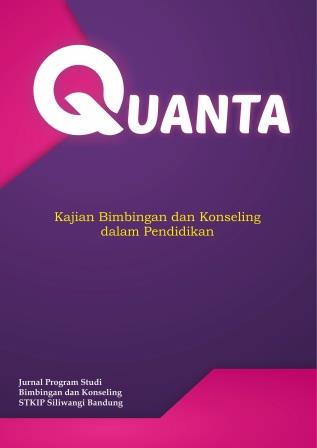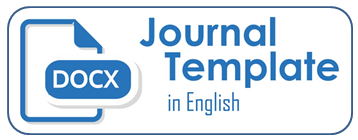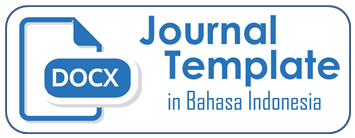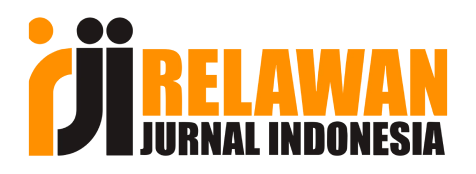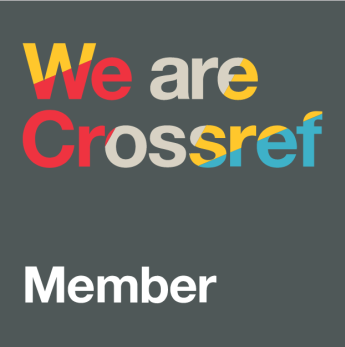SYSTEMATIC LITERATURE REVIEW (SLR) PEMANFAATAN MEDIA DALAM LAYANAN BIMBINGAN DAN KONSELING
DOI:
https://doi.org/10.22460/q.v6i1p1-7.2960Abstract
Guidance and counseling media is a tool used by guidance and counseling teachers in the form of software and hardware that serves as a tool in the activities of guidance and counseling services. The purpose of this systematic literature review is to find out and understand the use of media in guidance and counseling services. Research articles were obtained from two databases, namely DOAJ and ERIC. Literature search using the keywords media and counseling with the inclusion criteria of research articles from 2017-2021, primary articles, full text and research subjects are students. Of the 180 research articles, four articles were reviewed that met all the inclusion criteria and objectives of this literature review. Based on the results of this article review, the use of media is considered effective in the implementation of guidance and counseling services.
References
Arsyad, A. (2016). Media Pembelajaran. Bandung: Rajawali Press.
Yulia Ayriza, Y., dkk. (2018). Quartet cards as the media of career exploration for lower-grade primary school students. Research and Evaluation in Education, 3(2), 174-182.
Departemen Pendidikan Nasional. Peraturan Menteri Pendidikan Nasional, Jakarta: Dirjen Pendidikan Dasar dan Menegah (2008).
Hanggara, G. (2016). Keefektifan “Proses Guru†sebagai Teknik Bimbingan Kelompok dalam Meningkatkan Pengambilan Keputusan Karier Siswa SMK. Jurnal Kajian Bimbingan dan Konseling, 1(4), 148–157. https://doi.org/10.17977/um001v1i42016p148
Hariko, R. (2017). Landasan Filosofis Keterampilan Komunikasi Konseling. Jurnal KajianBimbingan dan Konseling, 2 (2), 41–49. https://doi.org/http://dx.doi.org/10.17977/um001v2i22017p041
Hassell, M. (2013). Your Media Speak So Loud I Can’t Hear a Word You’re Saying: Impact of Media and Media Selection on Performance. ProQuest LLC.
Hazrati, R., & Hanim, W. (2016). Pengaruh Media dalam Layanan Bimbingan Kelompok terhadap Pengaturan Diri Siswa Kelas XI di SMAN 56 Jakarta. Insight: Jurnal Bimbingan dan Konseling, 5(1), 94–99
Hidayah, N., & Triyono, T. (2009). Pengembangan Model Konseling Kolaboratif Berbasis ICT. In Kongres Nasional ABKIN. Surabaya.
Kettunen, J., Sampson Jr, J. P., & Vuorinen, R. (2015). Career Practitioners’ Conceptions of Competency for Social Media in Career Services. British Journal of Guidance & Counselling, 43(1), 43–56.
Nurcahyani, I., & Fauzan, L. (2016). Efektivitas Teknik Relaksasi dalam Konseling Kelompok Behavioral untuk Menurunkan Stres Belajar Siswa SMA. Jurnal Kajian Bimbingan dan Konseling, 1(1), 1–6. https://doi.org/10.17977/um001v1i12016p001.
Nuroniah, P., Ramli, M., & Triyono. (2019). Pengembangan Media Jurnal Karier untuk siswa MTsN. Jurnal Pendidikan: Teori, Penelitian, dan Pengembangan, 4 (6), 815-820.
Nursalim, M. (2015). Pengembangan Profesi Bimbingan & Konseling. Jakarta: Erlangga.
Sari, A. K. (2012). Klasifikasi Media Bimbingan dan Konseling. Lampung: Fakultas Tarbiyah Jurusan Bimbingan Konseling Islam Institut Agama Islam Negeri Raden Intan.
Setyaputri, Y. N., Krisphianti, D. W., & Puspitarini, D. Y. I. (2018). Permainan Roda Pelangi sebagai Media untuk Meningkatkan Karakter Fairness Siswa Sekolah Dasar. Jurnal Kajian Bimbingan dan Konseling, 3(3), 108–118.
Thalib, M., Syahran, R., & Arifyadi, A. (2019). Pemanfaatan Media Grafis dalam Layanan Informasi Dampak Pelanggaran Disiplin untuk Meningkatkan Perilaku Disiplin Siswa di Sekolah. Indonesian Journal of Educational Counseling, 3 (3), 261-272.
Trianto, A. (2006). Aplikasi Teknologi Komputer untuk Bimbingan dan Konseling. Paradigma, 1(1).
Downloads
Published
How to Cite
Issue
Section
License
Copyright (c) 2022 QUANTA

This work is licensed under a Creative Commons Attribution-ShareAlike 4.0 International License.
Quanta: Jurnal Kajian Bimbingan dan Konseling dalam Pendidikan is licensed under a Creative Commons Attribution-ShareAlike 4.0 International License. Authors who publish with the Quanta Journal agree to the following terms:
- Authors retain copyright and grant the journal right of first publication with the work simultaneously licensed under a Creative Commons Attribution License that allows others to share the work with an acknowledgment of the work's authorship and initial publication in this journal.
- Authors are able to enter into separate, additional contractual arrangements for the non-exclusive distribution of the journal's published version of the work (e.g., post it to an institutional repository or publish it in a book), with an acknowledgment of its initial publication in this journal.
- Authors are permitted and encouraged to post their work online (e.g., in institutional repositories or on their website) prior to and during the submission process, as it can lead to productive exchanges, as well as earlier and greater citation of published work.

